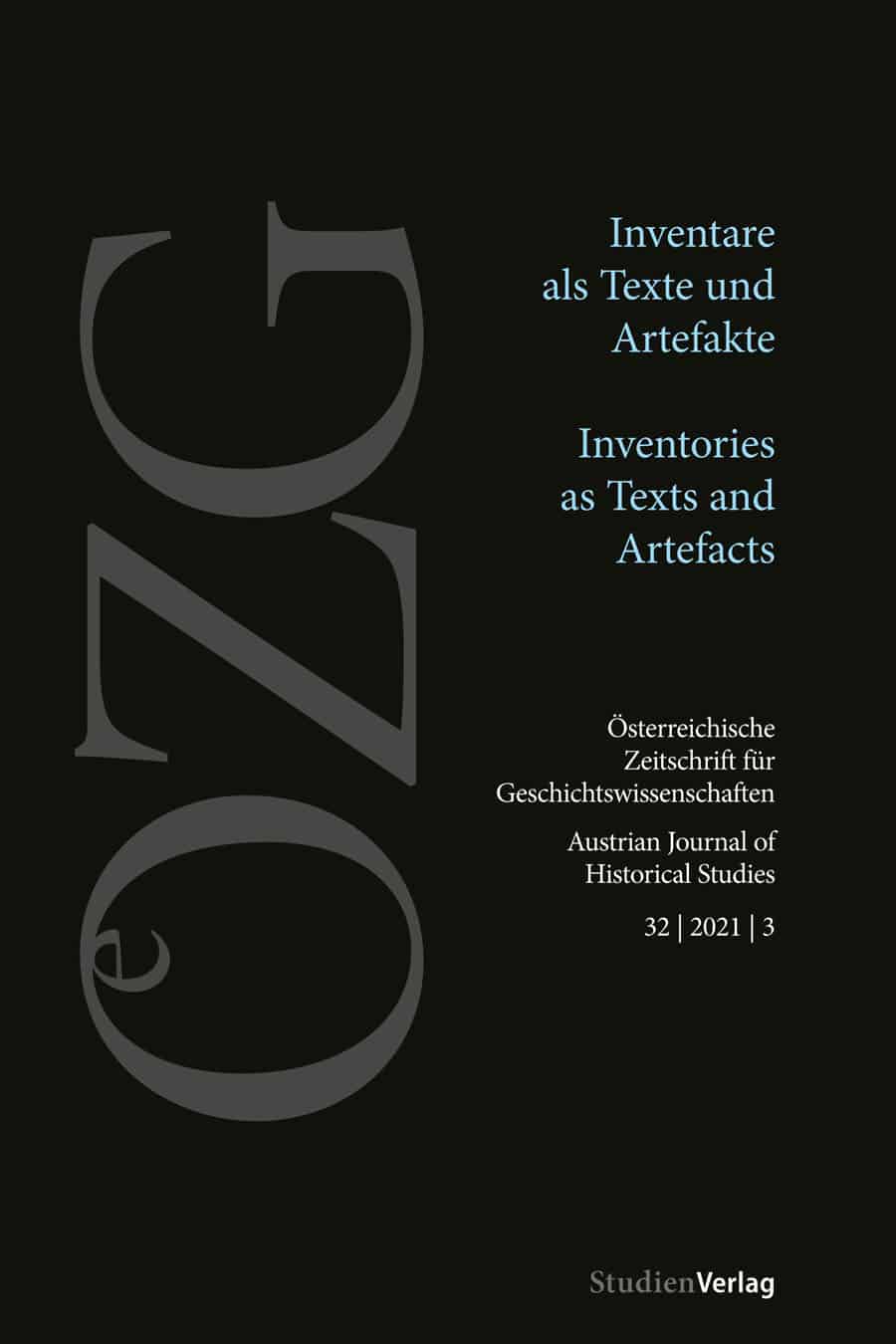From Ego-Documents to Museum Catalogues
Changing Functions of Inventories in the Context of the History of Collecting
DOI:
https://doi.org/10.25365/oezg-2021-32-3-13Keywords:
Bürgertumsforschung, history of collecting, history of museums, material culture, ego documents, SelbstzeugnisseAbstract
The goldsmith and autodidact Johann Nepomuk Tinkhauser (1787–1844) left numerous traces in the small town of Bruneck in the Puster Valley in South Tyrol, not least in the city archives. Above all, he is remembered as a collector, who collected numerous objects of art and folk handicrafts as well as manuscripts and printed books. Tinkhauser kept a “record book” in which he documented information about family assets and family events. This book also contains inventories that refer in part to the current household, in part to the collection. In 1910, the collection was purchased by the city of Bruneck and provided the basis for a local museum. In the course of the founding of a museum association in 1912, inventories of the holdings were produced, which differ from Tinkhauser’s listings. In 1990, after several relocations and losses, new inventories were compiled. The paper compares the inventories of the nineteenth and twentieth centuries, their purposes and types as part of initially private and subsequently public art collections.
Downloads
Published
How to Cite
Issue
Section
License
Copyright (c) 2022 Austrian Journal of Historical Studies

This work is licensed under a Creative Commons Attribution 4.0 International License.


